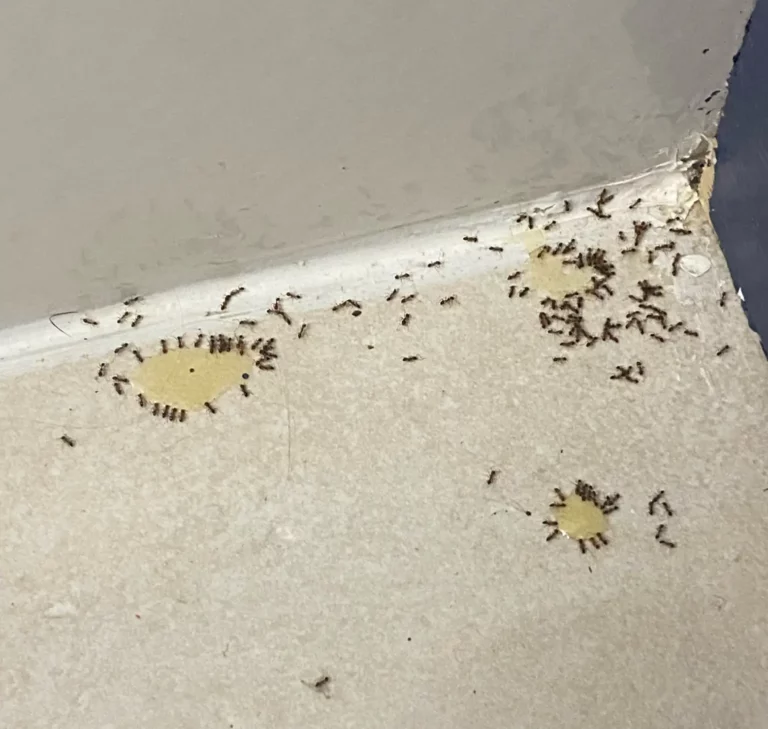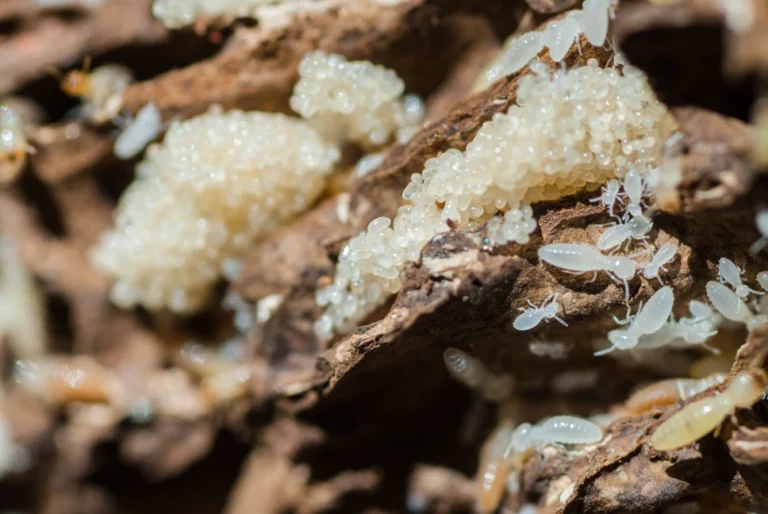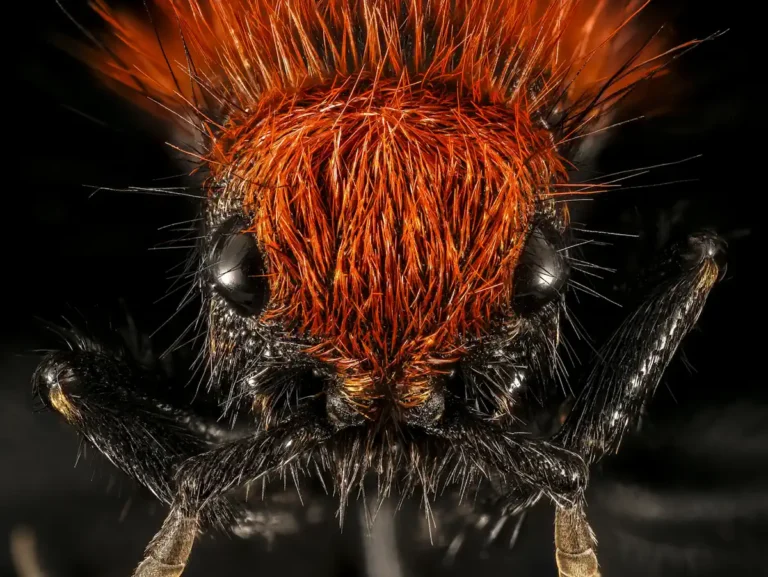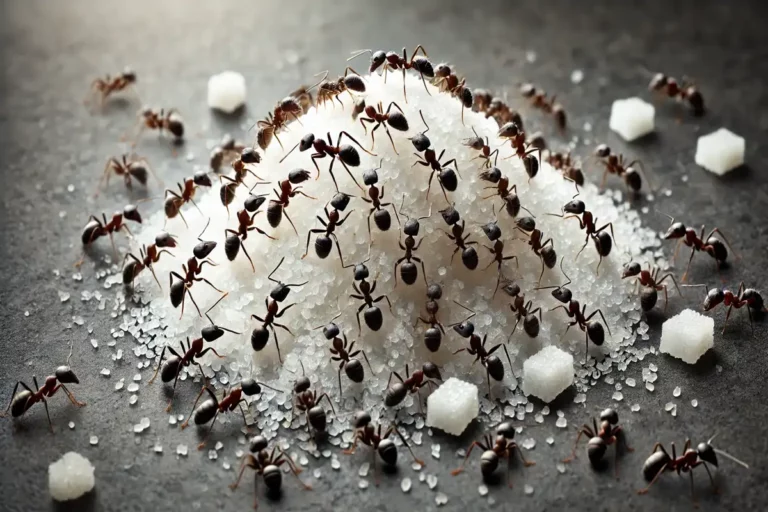Table of Contents
ToggleThe best way to avoid a pest infestation is to be aware of the kinds of pests that are likely to establish themselves in your area. The fire ant, like any other species of ant, has specific preferences for its home territory. Though fire ants are a common problem in some regions, you won’t have to watch out for them in others. Examine your property to see whether fire ants are hiding there.
FIRE ANT 101
The stings from fire ants are notoriously unpleasant. They are typically between 1.6 and 5 mm in length. Both non-native and native species of fire ants exist. The United States is currently plagued with imported fire ants like the red and black fire ants. Each species shares the other’s aggressive nature. The species in this group vary mostly in their appearance due to their unique patterns of coloration. Imported fire ants can be divided into two distinct color schemes: red and black.
The United States is home to a number of native fire ant species, including the southern fire ant and the desert fire ant. Although they can and do bite, native species are generally less aggressive than exotic fire ants. They’re brown overall, but their skin is tinged with a reddish hue. Despite the fact that these fire ants may appear, the red imported variety is the most common invasive species.
Understanding a Fire Ant Colony
Pestilent annoyances are hard to come by when dealing with red imported fire ants. Their constant biting results in unsightly sores, and their mounds can quickly ruin an otherwise pristine lawn. There are safety, comfort, and aesthetic reasons for keeping these pests at bay.
WHERE DO FIRE ANTS LIVE?
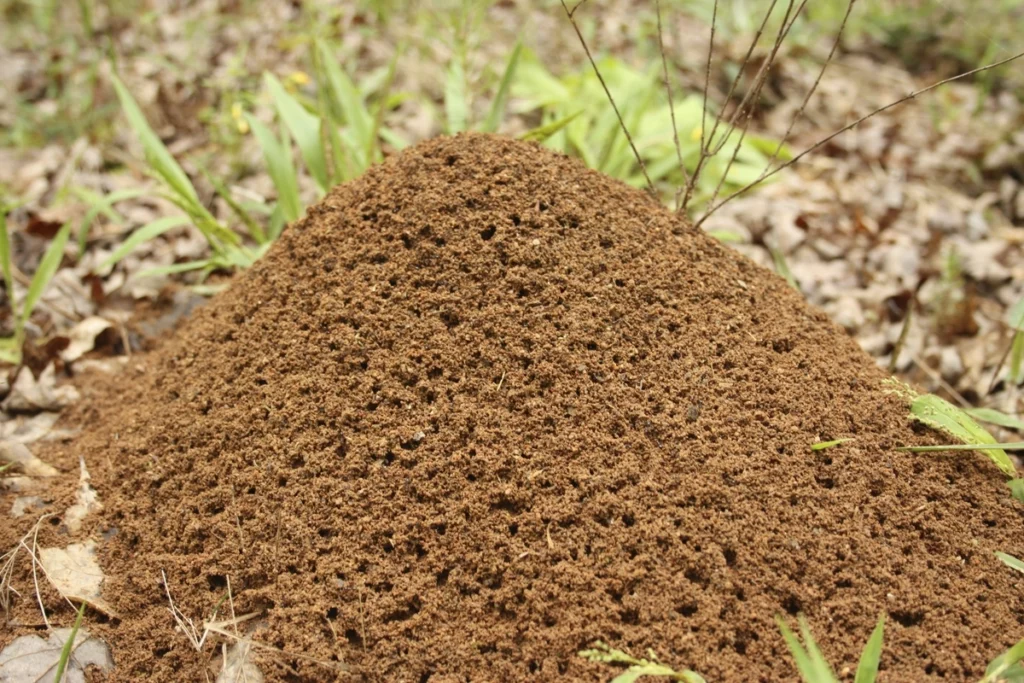
FIRE ANT MOUNDS
Mounds are the nests that fire ants, a social insect, construct by pushing soil upwards from underground tunnels. They are able to nest in a wide variety of soil types, although they are most at home in sunny, open spaces like parks, playgrounds, pastures, lawns, golf courses, farmland, and the woods.
Fire ants, in contrast to other species, do not build an entrance inside the mound itself. They dig entrance tunnels that can extend several feet beyond the nest mound. Although fire ant mounds are the most obvious telltale sign of their presence, they are not essential to the continued existence of a fire ant colony. In extreme heat or drought, colonies often retreat underground, forgoing the grandiose mounds that are so visible in milder conditions. Depending on the type of soil and the climate, it could take months before a new colony constructs a noticeable mound.
Fire ants are more common in sunny, warm regions. They make an effort to stay out of the shade. Nests constructed by these ants are of varying sizes and shapes in the ground. They like to hang around in the shade of trees and buildings and will even burrow beneath anything in your yard if given the chance. Fire ant mounds are unique in that they do not have an entrance at the top, as is the case with most other types of ant nests. Fire ants, on the other hand, use underground tunnels to access and leave the colony.
FIRE ANT HABITAT
Unfortunately, the United States was invaded by imported fire ants in the 1930s. These opportunistic insects prefer the humid Southeastern United States, where they may get the moisture and food they need to survive. But they’ve moved north and west, pausing only in areas with extreme cold or a lack of water. It is uncommon to find imported fire ants in the dry regions of the southwestern United States and northern Mexico, which is favored by the region’s native fire ant population.
FIRE ANT LIFECYCLE
The larvae of fire ant colonies are grub-like insects that develop from the eggs laid by the queens. Pupae, the final stage of development for larvae, seem like miniature versions of adult fire ants while being white in color and immobile. The pupae change color from light to dark during development and undergo a final molt before emerging as adults.
Larvae often metamorphose into tiny, flightless female workers. The workers in question are responsible for feeding the queen and caring for her offspring. The last stages of development for some larvae include becoming bigger, winged males or females capable of reproduction. When it comes to colony expansion, it’s always best to start with a female reproductive.
If the weather is right in the spring, summer, or fall, the reproductives will emerge from the mound and mate in the open air. After a brief period of sitting atop the shattered mound to dry their wings, the pair takes to the air and mates fifteen or more feet in the air. After that, the males perish and the newly crowned queens shed their wings in preparation for nesting and egg-laying. After a month, new employees begin to appear.
FIRE ANT FEEDING
Workers scrounge for food first thing in the morning and again before going to sleep at night. Plants, microorganisms, invertebrates, and vertebrates including reptiles, birds, and mammals are all favorites of fire ants. When the scavengers return to the nest, they share the spoils with the queen, the larvae, the developing reproductives, and the other workers.
FIRE ANT COLONIES
Depending on the circumstances, a colony of imported fire ants may contain one or more queens. To protect their territory, single-queen colonies keep their numbers down to about 150 mounds per acre, or about 7 million ants total. Multiple-queen colonies are more likely to share resources and tolerate neighboring colonies. Due to these factors, there could be as many as 300 mounds and 40 million ants in one square acre.
Colonies frequently relocate to new locations. The queen can launch a new colony with as little as six workers. A new mound can be created by the workers several hundred feet distant virtually immediately.
HOW TO PREVENT FIRE ANTS
Preventative measures are preferable to elimination when dealing with fire ants. Keep these annoying ants away of your yard and house by following these simple steps!
Seal Entry Points: You should fix any holes or cracks in the walls, doors, windows, screens, and foundation that you find.
Maintain Yard: Mow the grass and prune the shrubs on a regular basis. In order to prevent fire ants from making a home in your yard, you should get rid of any dead leaves, wood, or other debris they could use as a hiding place.
Eliminate Food & Water: Food and water are two things that ants are constantly seeking. By storing food in airtight containers and clearing up any crumbs or spills, you can reduce the likelihood of pests getting into your food. Keep your house and yard dry.
HOW TO GET RID OF FIRE ANTS
Caution should be exercised when trying to get rid of fire ants, which can cause serious discomfort if you try to kill them. The stings of red imported fire ants can be severe and uncomfortable, and they often occur in clusters. Learn about methods for eliminating these pests.
Use a Bait Labeled for Fire Ants: A bait’s purpose is to entice ants to feed the entire colony, thus it’s made such that worker ants may easily transport the bait from one location to another. This increases the likelihood that the entire colony will perish. Make sure the bait you choose says it will kill fire ants on the label.
Timing Matters: When ants are foraging aggressively, that is the time to put out baits. They’ll be more enticed to take the bait if you do this. It’s best to put it out first thing in the morning or right before bed.
Know Your Limits: Fire ants are a nuisance and a potential health hazard that can be challenging to eradicate. Get in touch with a local pest control expert if you’re not confident dealing with it on your own or if you have an allergy to their sting.
You should never invite stinging ants inside your house. When you take the required precautions, you can reduce the likelihood that these pests may make your property their home. To everyone struggling with a pest issue, we offer our assistance. If you’re looking for a pest control service that won’t put your family or the planet at risk, consider On Demand Pest Control.

